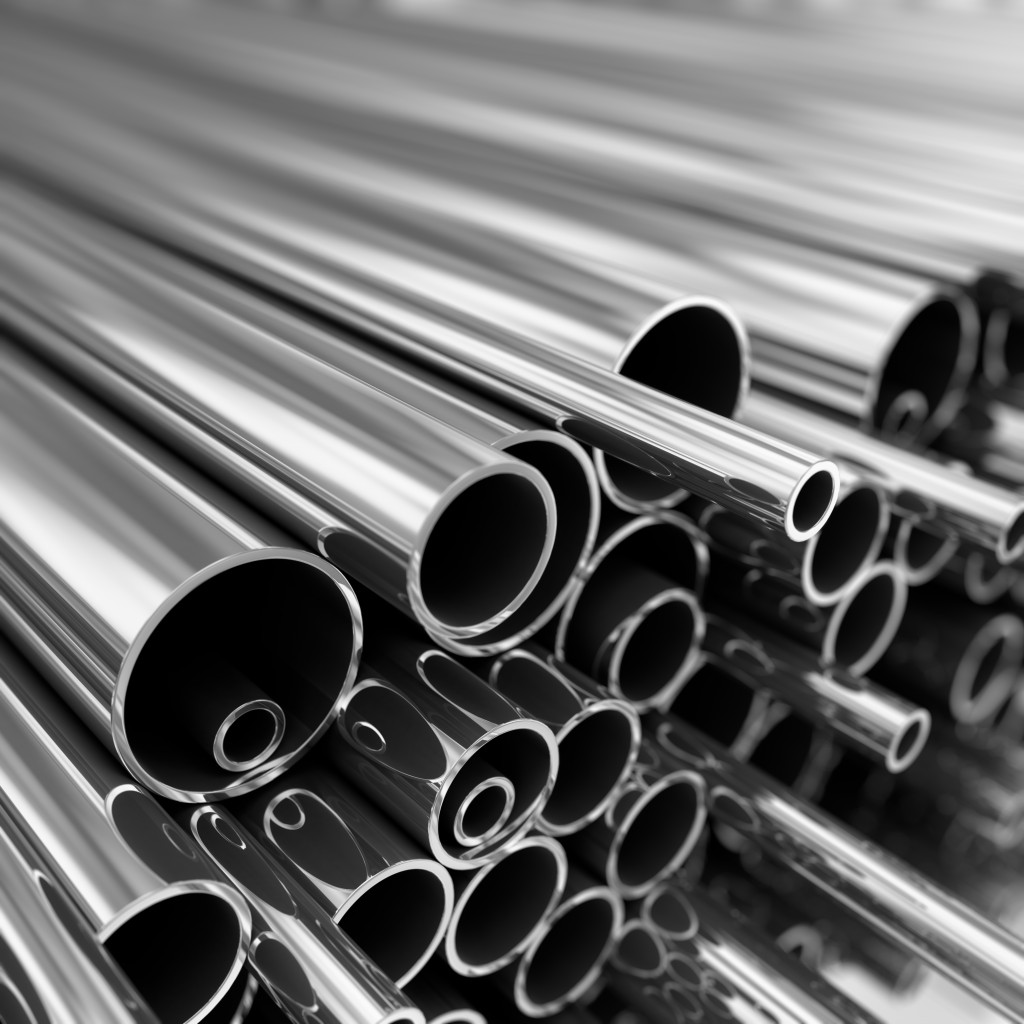In general, skyscrapers (and, indeed, most high-rise buildings) are any type of structure that uses steel or iron frameworks as its skeleton, with either brick or concrete making up the rest, is 40-storeys or more, and allows continuous habitation. The whole concept of skyscrapers only became possible after the invention of the Bessemer Process, a mass production process that allowed manufacturers to create steel beams in record time and at cheaper prices.
In this article, we take a look at tensile strength, why it’s important, and what exactly it means for the engineering world.
A Brief History of Skyscrapers
Skyscrapers and high-rise buildings have a long and storied history, one that stretches back to 1885, when the first modern ‘skyscraper’ was constructed. The Chicago Home Insurance Building stood at 10 stories high: not completely impressive by today’s standards (the Dubai Creek Tower is set to have a whopping 210 stories upon completion), but back in the 19th century, it was massive. In fact, in the early days of modern construction, skyscrapers were defined as any building with 10 to 20 floors. As we progressed, however, it referred to any building that had 40 or more storeys.
In the almost century-and-a-half since Chicago Home Insurance paved the way for the modern skyscraper, high-rises have pretty much dominated every major city on earth. Without the skyscraper, modern society as we know it wouldn’t exist.

The creation of the skyscraper also paved the way for a branch of engineering that dealt specifically with how tall we could build, and that is the study of tensile strength.
Skyscrapers and high-rise buildings are exposed to a variety of elements and factors in their service life, and this gives builders a unique challenge to overcome.
This is where the study of compression strength vs. tensile strength comes in, because it allows architects and engineers answer the question: how can we build a really tall building that bends rather than breaks?
To answer that questions, engineers need to take a look at the tensile strength of specific materials, and this study has allowed engineers to innovate tools (such as stainless steel girders and concrete reinforcing mesh panels) and processes (such as alloy design and cold rolling) that allow us to build higher without sacrificing the stability of a building.
Tensile strength is what allows buildings to go up and beyond what early engineers could think possible and it’s what will allow buildings like the Dubai Creek to last for as long as possible while keeping its inhabitants safe from collapse.
Compressive Strength vs. Tensile Strength
For us to get a better picture of what tensile strength is, let’s take a look at it in comparison with compressive strength. Compressive strength in construction refers to the physical property of different building materials and how they can withstand compression and pressure (i.e. how a material resists physical pressure, weight, and stress placed on it). Compression strength defines the load-bearing capabilities of a particular material (like steel and concrete) and a particular part of a building (like foundations and load-bearing pillars).

Compressive stress is the enemy of load-bearing pillars, which is why engineers need to pay attention to how much compressive strength a material possesses in order to choose the right one for a particular part. The wrong material with the wrong compressive strength placed in the wrong location might buckle under compressive stress, which can lead to a collapse.
Tensile strength, on the other hand, refers to the physical property of different building materials and how they can withstand tension (i.e. how a material resists being elongated and/or stretched). Tension strength defines how well a building material (like concrete or alloys) and a part of a building (like exterior walls and elevator shafts) behaves when external forces such as wind and gravity act on it.
Why is Tensile Strength Important?
Studying the tensile strength of a particular building material allows architects and engineers to build skyscrapers in a safe and efficient manner. Skyscrapers, unlike low-rise buildings, are subject to more extreme weather conditions due to their height: what might be a gentle breeze for a 3-storey building will morph into monster, 100-mph winds that lash through the sides of the 100th floor of a skyscraper.
This happens because the higher the building, the more it interrupts wind currents that aren’t noticeable from the ground. In higher altitudes as well, the air current is much stronger and unimpeded, leading to harder and faster winds. Naturally, the higher the tensile strength of a particular building material, the better it is for the building.

Another aspect of studying tensile strength is pioneering materials and processes that allow builders access to high-tensile strength materials at cheaper costs and faster production times. The Bessemer process made steel production so much faster and more efficient, which gave rise to the first skyscrapers. However, as we started building higher and higher, builders needed new processes and tools that allowed them to create materials that were stronger than steel but more flexible, such as alloys and polymers, and allowed them to create these materials using innovative processes, such as cold rolling, that made them cheap and effective.
How Engineers Reinforce Tensile Strength

Every skyscraper and high-rise are subject to both external forces (like gale winds at higher floors, damage from weather conditions, etc.) and internal forces (like damage from occupants, miscalculations in construction, and the sheer weight of the building and how it acts on the foundations) that ultimately affect the longevity and durability of a particular structure.
To make sure that structures stand the test of time, gravity, and normal wear-and-tear, engineers will choose materials with high-tensile strength. In general, metals such as steel, rebar, and other types of polymers and alloys have the best tensile strength vs. compression strength, although they are much more expensive and relatively harder to source.
Meanwhile, concrete is much cheaper and easier to source, and while it has pretty high compression strength, its tensile strength is not the best. Concrete is very much brittle, which means that, while its great for low-rise buildings because it doesn’t encounter high winds, it doesn’t stand well against the wind currents on higher floors. Without reinforcement, the concrete would break and shatter when it goes up against strong winds.
To make up for this, engineers use a variety of reinforcement techniques, such as melding steel bars onto to the concrete to give it more tensile strength, or installing counterweights inside the building to give it more balance and stability during high winds. Combined, this allows tall buildings to “sway” when its hit with gale winds rather than bending and then breaking altogether.
Of course, if engineers are to reinforce a building, they need to take into account which metals will bond with concrete, be resistant to corrosion such as mild acid, be rust-resistant, and be able to tolerate temperature shifts at higher levels. Reinforcements should also take into account the compression and expansion of concrete when it encounters temperature changes.
Tensile Strength: The Progenitor of the Modern World

It’s safe to say that tensile strength built the modern world. The study of this particular branch of engineering paved the way for builders to create massive skyscrapers and enormous structures that shaped the way we see architecture and took us from wooden structures into 200-storey high-rises.
The study of tensile strength also allowed us to build intra-country highways, sewage systems, inter-continental train tracks, airplanes, freight ships, and a whole other host of modern technologies that were necessary in the construction of the modern world.
It’s a fairly complex field of study, but even in the layman should be aware of how important it is in constructing modern society.



